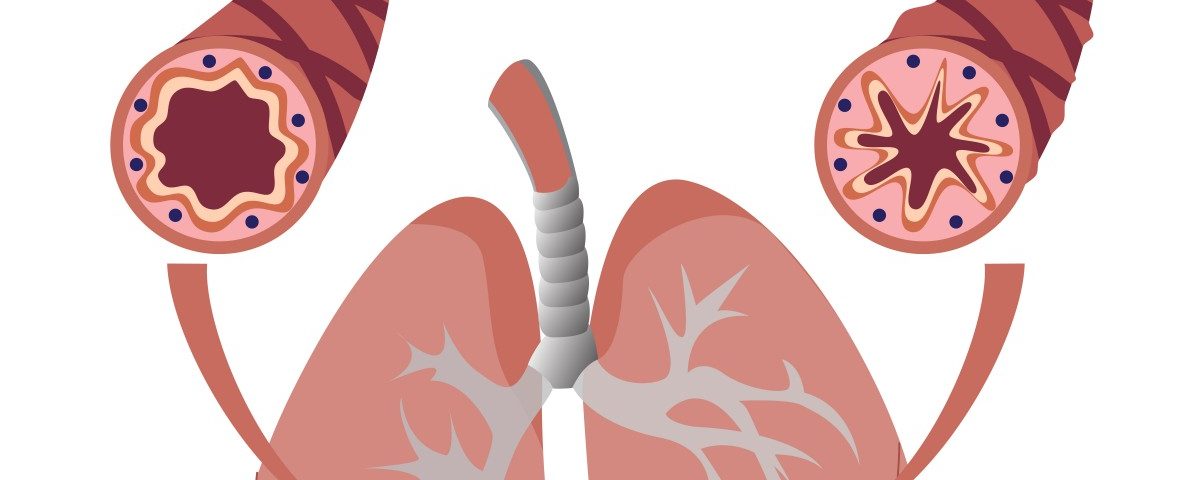Researchers have discovered that the active form of the HMGB1 protein narrows the lung airway in people with severe asthma, providing a potential target for new treatments.
Their study, “HMGB1 is upregulated in the airways in asthma and potentiates airway smooth muscle contraction via TLR4,” appeared in the Journal of Allergy and Clinical Immunology. Running from March 2011 to June 2016, it was part of the AirPROM (Airway Disease Predicting Outcomes through Patient Specific Computational Modeling) consortium — a five-year pan-European project that aimed to produce computer and physical models of the whole airway system or asthmatics and those with chronic obstructive pulmonary disease (COPD).
Led by Great Britain’s University of Leicester and 34 other institutions, AirPROM received nearly €12 million in funding from the European Union.
HMGB1 is present in the nucleus and cytoplasm of nearly all cell types, and is a necessary and sufficient mediator of inflammation during sterile and infection-associated responses. The researchers conducted their experiments on mucus and airway muscle samples collected from people with mild to moderate asthma and severe asthma, as well as from healthy volunteers recruited by Leicester’s Glenfield Hospital.
Based on the results, the researchers suggested that targeting the HMGB1 protein could be a new protective therapeutic strategy against the disease.
“For a number of people with asthma, particularly severe asthma, treatment is not 100 percent effective,” Ruth Saunders, the study’s lead author, said in a news release. “Although a number of new therapies are under investigation for allergy-related asthma, there is still a need for new therapies for asthma that is not related to allergies. We have shown that the amount of HMGB1, a protein that can be released in the airways by cells involved in inflammation or by damaged cells, is increased in the mucus from the airways of people with severe asthma.”
According to researchers, this is the first study showing a direct effect of HMGB1 on increasing airway muscle contraction. The team hopes its discoveries will lead to the development of new treatments for severe asthma, which along with other airways diseases is costing the EU’s 28 member nations an estimated €56 billion per year.
Asthma is a common long-term condition that can affect people of all ages, and it causes inflammation in the lung airways. According the European Lung Foundation, adult asthma causes ongoing symptoms of wheezing, breathlessness, chest tightness and coughing. Untreated, these symptoms can lead to severe restriction of the lung airways.

